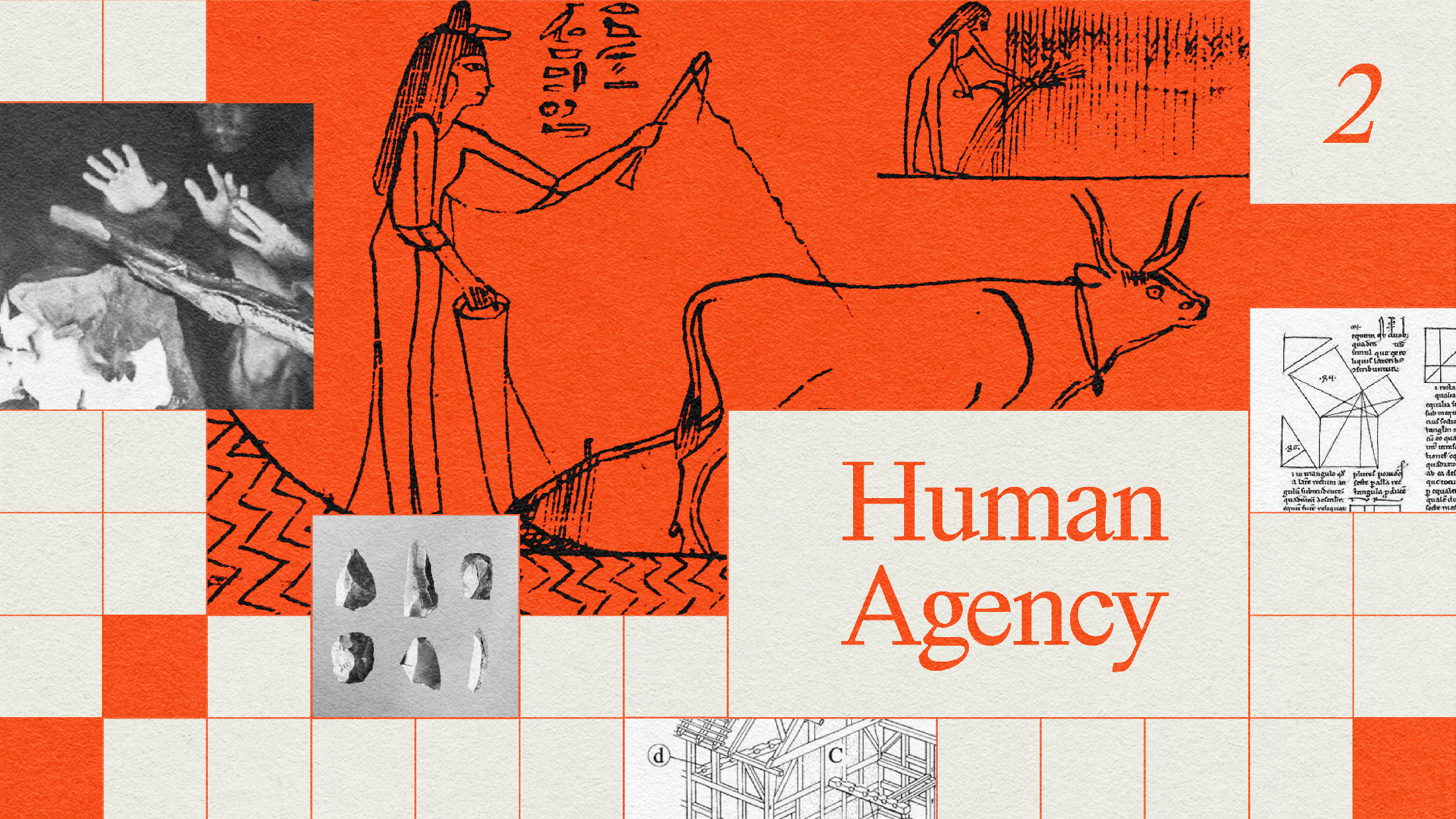History can help us face today’s challenges (Yes, even in 2021)

Even a year like 2020 couldn’t prepare Americans for the first few weeks of 2021. The year’s opening act was a siege on the U.S. Capitol by a mob of MAGA fanatics. Like a scene from an alternative history novel, Confederate flags and other hateful iconography raged through the heart of American democracy as conspiracy-fueled rioters attempted to overturn the citizen’s vote. The ensuing political backlash included a second impeachment of President Donald Trump, whom the majority of House representatives argue incited the insurrection. And we have yet to see whether the inauguration of President-elect Joe Biden will quell the nation’s discontent or amplify it.
For many of us, these events seem as unprecedented as they are surprising. But not for all of us. For historians, such events followed the patterns of history. As historian Timothy Snyder, author of The Road to Unfreedom, wrote for the New York Times about the Capitol Siege: “History shows that political violence follows when prominent leaders of major political parties openly embrace paranoia.” It happened in the 19th and 20th centuries. It happened again on Jan. 6, 2021.
Historians such as Snyder weren’t surprised by the Capitol Siege because their methodology helps them read the patterns of history. Now despite the popular adage, history does not repeat itself like the refrain of a pop song. But it does form a continuous design of motifs and abstractions, like a kind of intergenerational quilt or mosaic. By seeing how these patterns have played out before, historians can recognize the patterns as they reemerge in contemporary society.
In this lesson preview, Snyder discusses how we can utilize historical methods to analyze the past in order to face today’s challenges:
Know what can’t happen
- When confronted by a surprising problem in the present, ask: What does
history tell us about what is possible in this scenario? How have events
like these coalesced before? - Looking to the past frees you from the conviction of the day.
Our current era of globalization feels fresh. In many ways, it is. The internet grants us access to a connectedness that no previous generation has had. Travel technology allows goods and people to traverse the globe in mere hours instead of many months. And world-spanning NGOs and intergovernmental organizations have intertwined our well-being and progress in ways that our tribal ancestors could never have fathomed.
But this represents globalization’s second wave. We’ve been here before. Today’s nationalist backlash is an eerie mirror to the nationalism that railed against the first wave of globalization in the late-19th, early-20th century.
These patterns are familiar to anyone who knows the history of these eras. They know what’s possible, and they know how people react to cultural and political shifts, for better and worse. This knowledge enables the historically minded thinker to strategically disrupt a pattern before it’s too late—before it becomes a force that will remain unstoppable for some time to come.
Borrow correct relations
- Extract people’s wise responses from the past and apply them to similar
problems you face in the present. - Get comfortable with novelty. Recognize that the world changes all the
time; what was unbelievable yesterday could seem normal today.
Regarding the challenges of coronavirus and the Capitol Siege, we’ll have to wait to see whether our leaders recognize these patterns and use the historical method to improve their strategies in 2021.
But we can ensure we take that step in our lives and at our organizations in the year ahead. By dedicating ourselves to studying the relevant history and learning to recognize its patterns, we can bulwark ourselves from “the convictions of the day” and prevent contemporary events from sweeping us away like a newsy riptide. Instead, we can utilize this historical knowledge—not merely to point out similarities, but to strategize and prevent challenges from tipping us toward undesirable paradigms.
As Snyder mentions, it’s not that history will give us the gift of foresight; reading history isn’t a casting of runes. Rather, it’s that “you can see it coming together, and it allows you to get out ahead.” That clues you into the need to steal people’s correct reactions from the past and remix those into the present-day challenge. For would-be agents of change in any industry, such knowledge can be a powerful secret weapon.
Don’t let the patterns of history go unnoticed. With video lessons ‘For Business‘ from Big Think+, you can join Timothy Snyder and more than 350 experts to make history your secret weapon. Lessons include:
- Steal from the Past to get Ahead: Study History to See Patterns Coming Together, with Timothy Snyder, Historian, and Author, The Road to Unfreedom
- Distinguish Rhetoric from Risk: Use Historical Methods to Analyze Present-Day Problems, with Timothy Snyder
- Balance Group Trade-Offs: What Are the Benefits and Costs of Different Power Structures?, with Niall Ferguson, Historian and Author, The Square and the Tower
- Explore the Future of Blockchain, with Niall Ferguson
Request a demo today!




